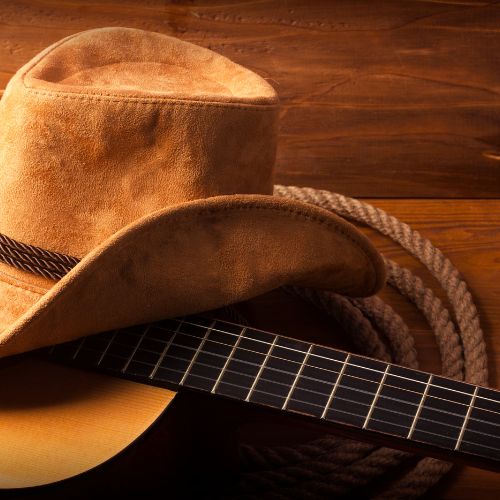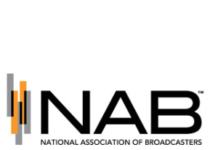
ChartCipher, an AI-powered analytics platform focused on hit songs, has unveiled three key trends of Billboard’s Radio Songs charts for the year 2023. The data reveals great, yet unsurprising, news for Country music with a warning for Pop as it hits a 23-year low.
Pop music, while still leading with a 37% share of chart entries, experienced a significant decline from its previous dominance of 54% in 2022. This marked its lowest share since the year 2000. Meanwhile, Country and Hip-Hop have seen an upsurge in their chart presence, with Country music increasing from 27% to 31% and Hip-Hop jumping from 13% to 23%.
Another trend noted by ChartCipher is the growing preference for songs with moderate danceability. Over the past few years, the proportion of such songs has risen from half to more than two-thirds, indicating a shift away from low danceability tracks and a scarcity of highly danceable, club-ready songs.
This shift accompanies an increase in songs with tempos under 100 BPM, especially those under 79 BPM, reaching their highest prevalence in over a decade.
Finally, the analysis of rhyme density in lyrics revealed a balanced distribution among songs with low, moderate, and high degrees of rhyming. There is a noticeable trend towards songs with high and very high rhyme density, comprising nearly half of the chart in 2023, a significant increase from previous years.
To make its discoveries, ChartCipher uses analytics and data from ten Billboard charts dating back to 2000. The charts used are the Billboard Hot 100, Hot Country Songs, Hot R&B/Hip-Hop Songs, Hot Dance/Electronic Songs, Hot Rock & Alternative Songs, Pop Airplay, Country Airplay, Streaming Songs, Radio Songs and Digital Song Sales.
More data is available in ChartCipher’s full report, which is open to preview.










“Country music listeners skew towards older and conservative…”
Yet if you listen to country radio, the percentage of currents is much higher than most other formats. The country radio playlists are filled with younger, newer music, and consequently, the country radio audiences are younger than you might expect. As one artist said, ‘country is the new pop.’ This is happening at a time when Beyonce has released a country song that is getting airplay on country radio.
What this survey shows is that the pop audience is growing more interested in country music. Which is why you’re seeing Morgan Wallen and Luke Combs in the pop chart.
Bob, appreciate your anecdotal observations.
Absolutely, there is crossover between music gendres, including in the younger demographics.
That said, that crossover is a separate issue from the mass migration of younger listeners from FM to streaming options like Spotify. That is the key factor in the plummeting audiences for CHR stations. Way too many commercials for younger listeners, who just won’t tolerate that behavior, unfortunately.
”Way too many commercials for younger listeners…”
And yet those same younger listeners don’t have that problem with country radio. US99 is #2 18-34 in Chicago. That’s not anecdotal, Rich, that’s real.
When CHR is done well, as it is in NY and LA, the younger audiences continue to listen. Just look at the 18-34 numbers for KIIS.
Lol Bob! We think you are in a different reality. KIIS in LA is a fraction of the station it once was. Their younger audience has largely abandoned them. And the station bills what, $10 million now? Compared to $50 million 15-20 years ago. …You’d best find a much better example to back up your point, lol!
”And the station bills what, $10 million now?”
Rich, you know the numbers. BIA/Kelsey in 2022: $44 million. It’s the #2 billing station in the country. That’s not the point.
The point is music isn’t narrowly defined anymore. Neither is radio. Young people know that. It’s not one thing or another anymore. That’s why you have radio, streaming, and podcasting all in the same place.
There is an elephant in the room on this. Pop music is heavily skewed towards younger listeners– who have largely abandoned FM radio and gone to streaming options like Spotify and many others. Younger listeners do not tolerate commercials, especially the excessively long commercial breaks on FM. Country music listeners skew towards older and conservative, a group far less likely to change their habits including listening habits. Hip hop listeners skew towards urban, lower income listeners, many of whom cannot or will not spend the money on streaming options.
So the changes in music listening are not “in a vacuum” and only affected by radio listening.